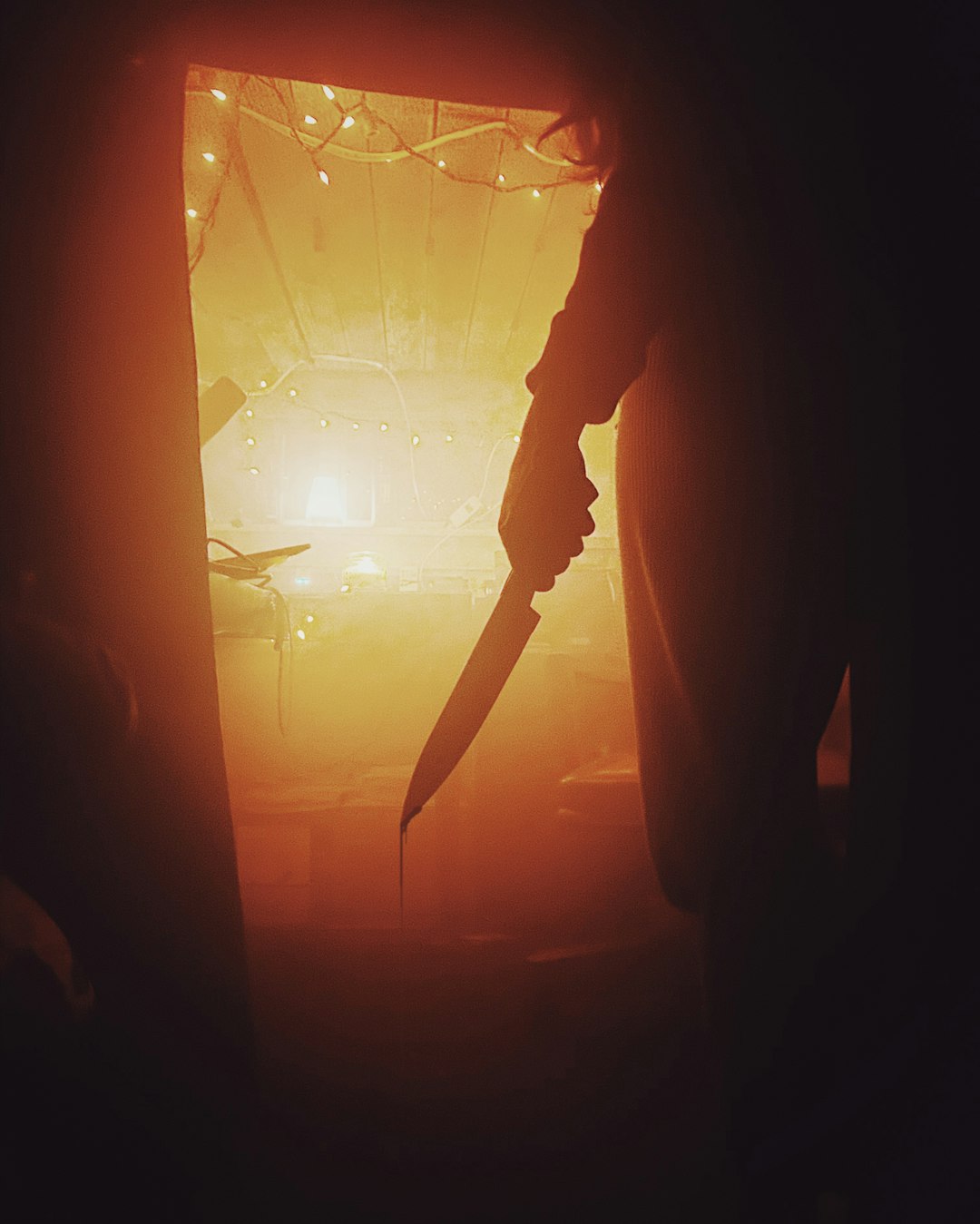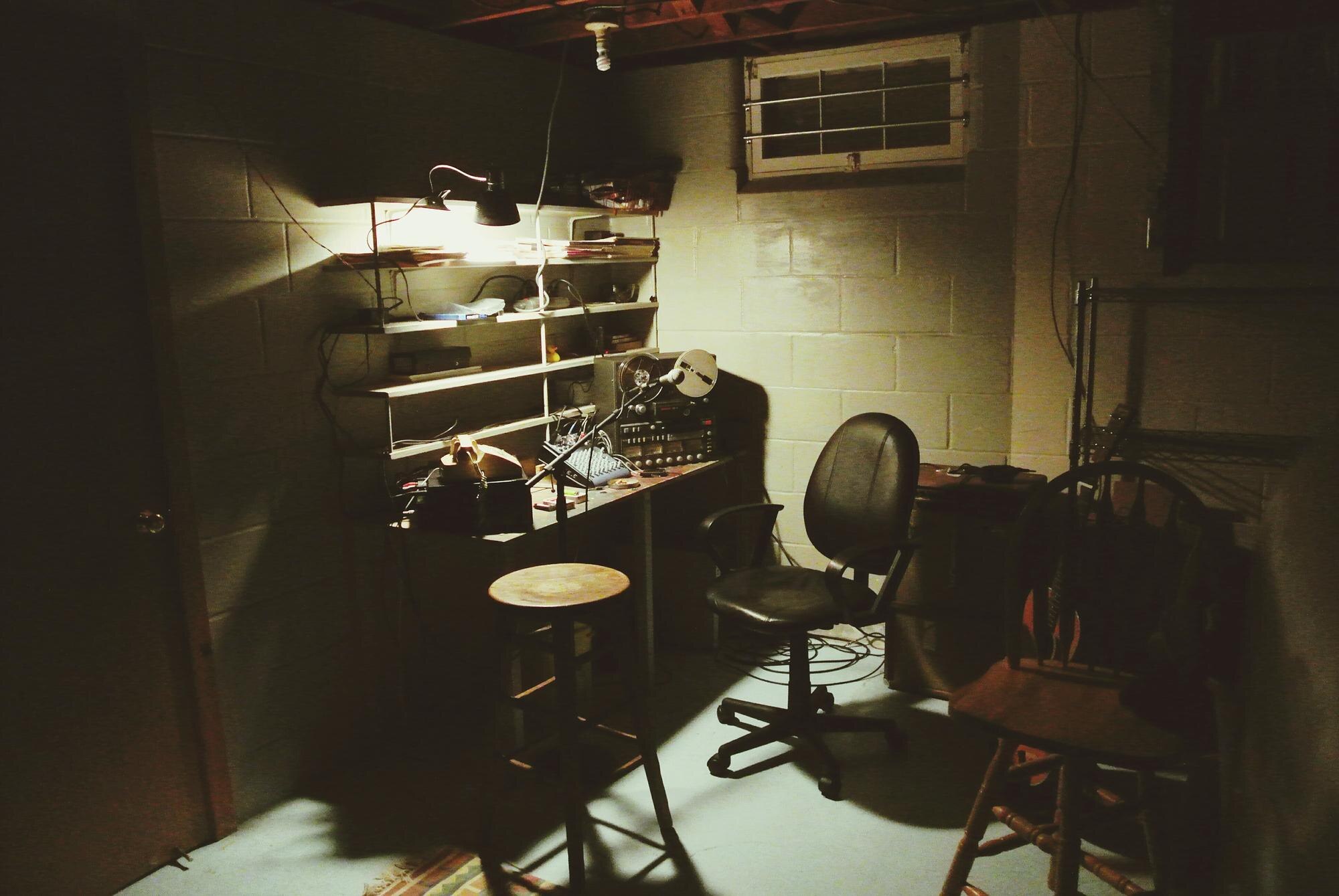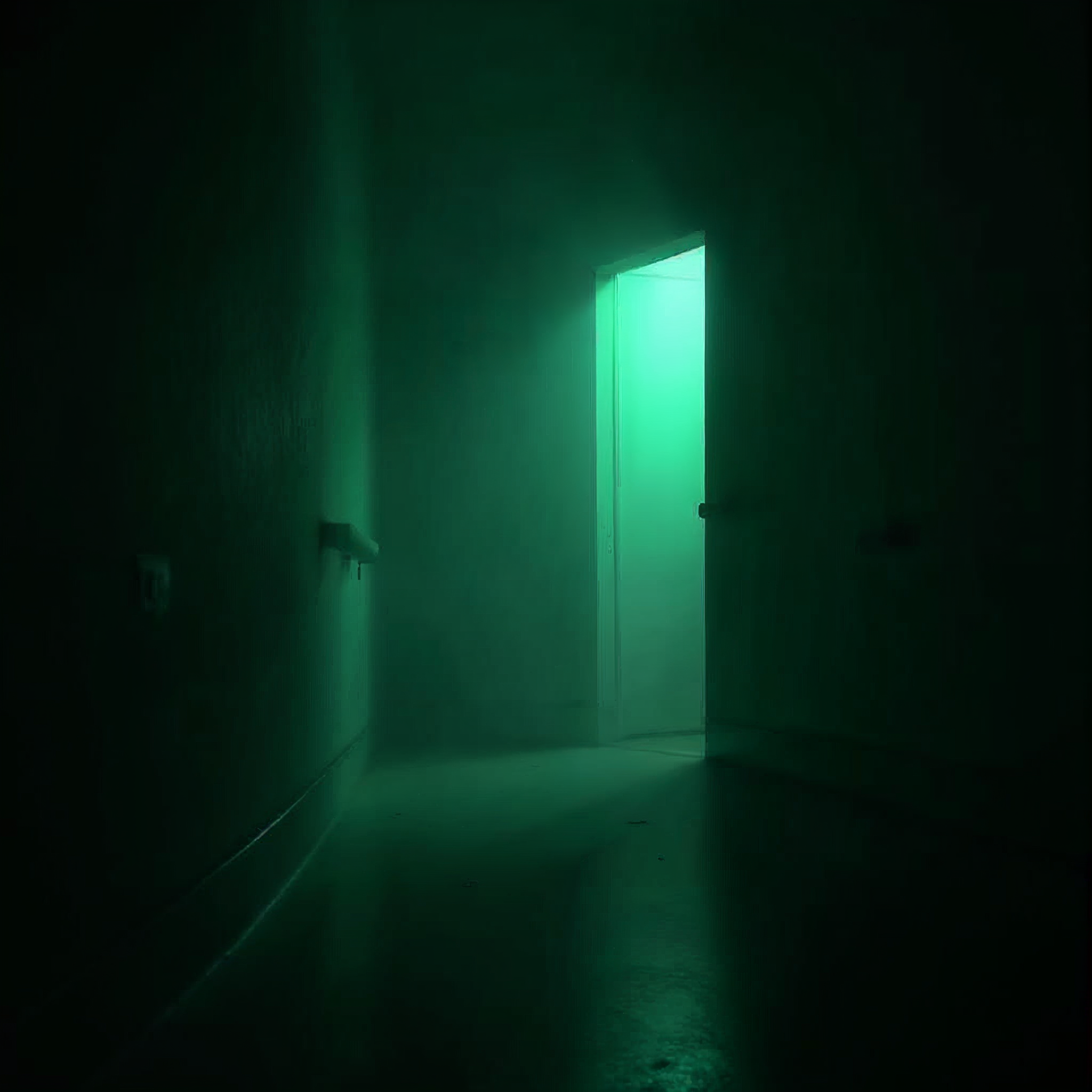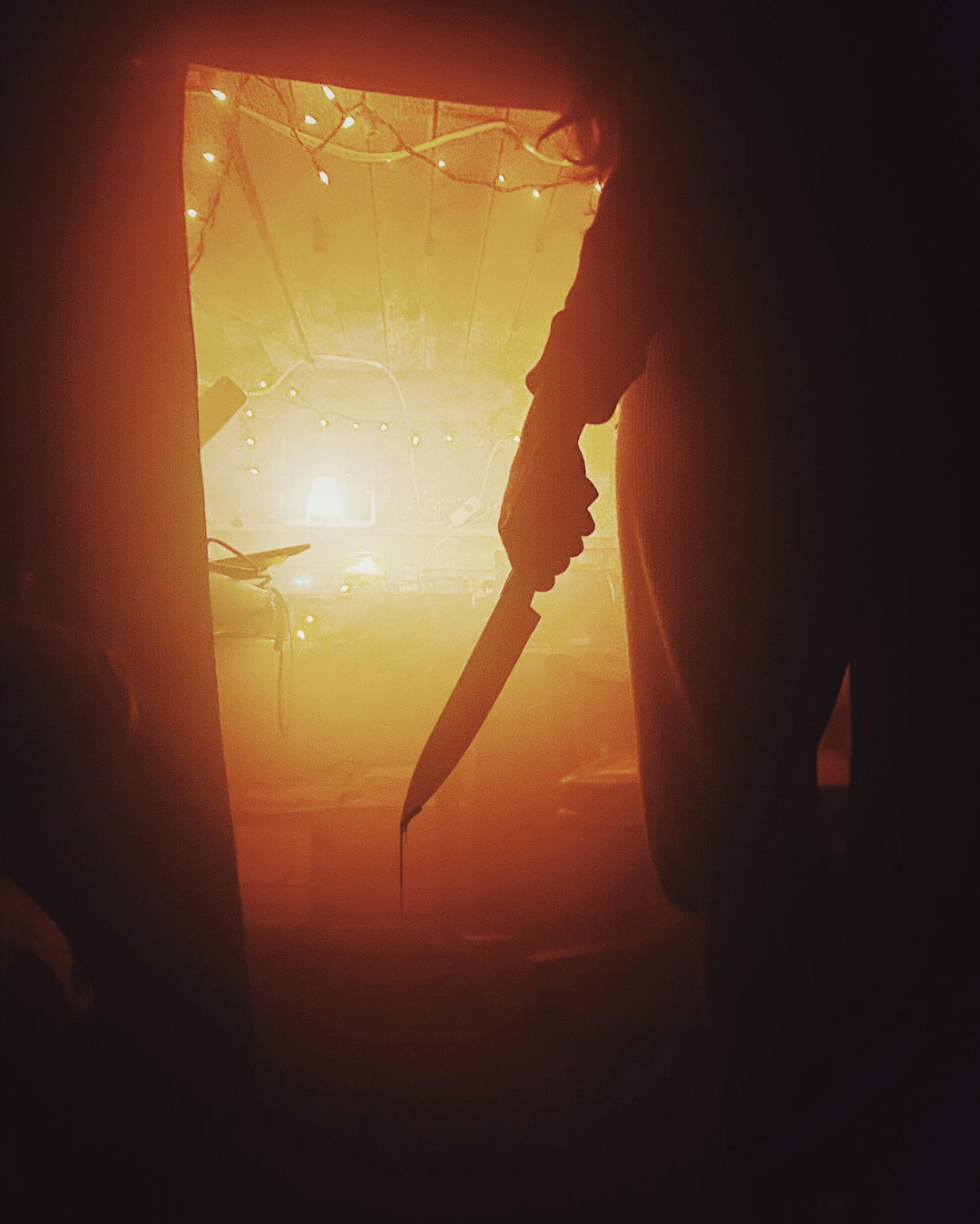
Unmasking the Magic: Behind the Scenes of Horror Film Classics
Share
Forget everything you think you know about horror film production. Those chilling moments that freeze your blood aren’t just luck—they’re crafted with precision through sound design in horror and video production for horror films. Get ready to explore the making of horror classics and see how every creak, whisper, and shadow builds suspense. Stick around—your next project could be the next scream-worthy masterpiece! Dive into the depths of horror film production with Free From CTRL to enhance your own creative projects! Contact us today for a consultation.
The Art of Sound in Horror

Sound is the heartbeat of horror. It draws you in and keeps you on edge. This section explores how sound can make or break a scream-worthy experience.
Crafting Eerie Soundscapes
Creating a spine-chilling atmosphere starts with crafting an eerie soundscape. You know those moments when your heart races, but nothing's on screen yet? That's sound at work. Horror movies use sound to set the mood before you even see anything frightening.
-
Layers of sound: Layers of whispers, creaks, and distant screams form a terrifying background. They lull you into a sense of unease.
-
Unexpected noises: Sudden noises can make you jump out of your seat. These are strategically timed to catch you off guard.
By using these techniques, filmmakers manipulate your emotions, pulling you deeper into the story. Sound design in horror is all about making you feel the fear long before you see it.
The Role of Silence and Noise
Silence is powerful in horror. It holds you captive, making every heartbeat audible. When silence breaks, it can be terrifying.
-
Quiet moments: Sometimes, the absence of sound speaks loudest. It heightens tension, leaving you anticipating the next move.
-
Dynamic shifts: Quick shifts from silence to loud noise can jolt and scare you. It's a classic move that never fails.
Recognizing the use of silence and noise can enhance your appreciation of horror. The next time you watch a horror film, listen closely. The sound design is a crucial player in the drama.
Cinematic Tricks and Techniques

So, we've unpacked sound, but what about the visuals? Let's look at how lighting and camera work create the chilling scenes you love.
Lighting and Shadows
Lighting in horror films can make ordinary scenes feel unsettling. It's an art form that plays with darkness and light to create suspense.
-
Low lighting: Dim lights hide details, forcing your imagination to fill in the blanks. Your mind creates images scarier than reality.
-
Shadow play: Shadows add mystery. They hint at danger lurking just out of sight, keeping you on edge.
Great lighting can transform a scene, making it creepy with just a flicker or a shift. Remember this the next time you watch a horror film.
Camera Angles and Movements
Camera work is like a guide leading you to fear. It controls what you see and how you feel.
-
Close-ups: They invade personal space, making you feel the character's fear. You can't escape it.
-
Unsteady movements: A shaky camera can mimic a character's panic, putting you right in their shoes.
These techniques are crucial in horror film production, guiding your emotions with each frame. They ensure you're feeling the intended suspense.
Iconic Horror Stories Unveiled
Behind every great horror film is a visionary director and a story that grips you. Let's uncover the people and tales that shaped the genre.
Legendary Directors and Their Visions
Directors are the masterminds behind horror's greatest hits. They bring unique visions that redefine fear.
-
John Carpenter: Known for "Halloween," his work showcases how simplicity in storytelling can be terrifying.
-
Wes Craven: He gave us "A Nightmare on Elm Street," blending real-life fears with supernatural elements.
These directors have crafted stories that stay with you long after the credits roll. Their films remind us that horror is as much about the mind as it is about monsters.
Behind the Scenes of Cult Classics
Ever wonder what goes into making a cult horror classic? It's more than just luck. It's intense dedication and creativity.
-
Resourcefulness: Many cult classics were made on tight budgets, forcing creators to be innovative. This often led to unique solutions that became iconic.
-
Unexpected challenges: Films like "The Blair Witch Project" had to overcome numerous obstacles, from location issues to uncooperative weather. Yet, these challenges added authenticity to the final product.
Want more fascinating stories? Check out these spooky behind-the-scenes facts and horror movie insights.
🎬👻✨
In summary, creating horror films involves a blend of sound, visuals, and storytelling. Free From CTRL can help bring your creative visions to life, ensuring every project is a masterpiece. Whether you're inspired by the classics or want to pioneer new techniques, we've got the expertise to make it happen.

